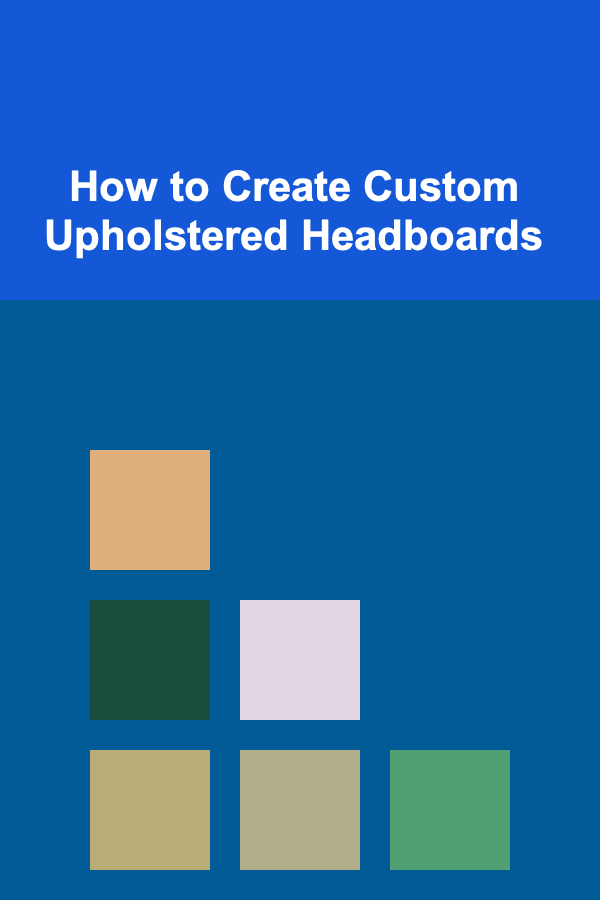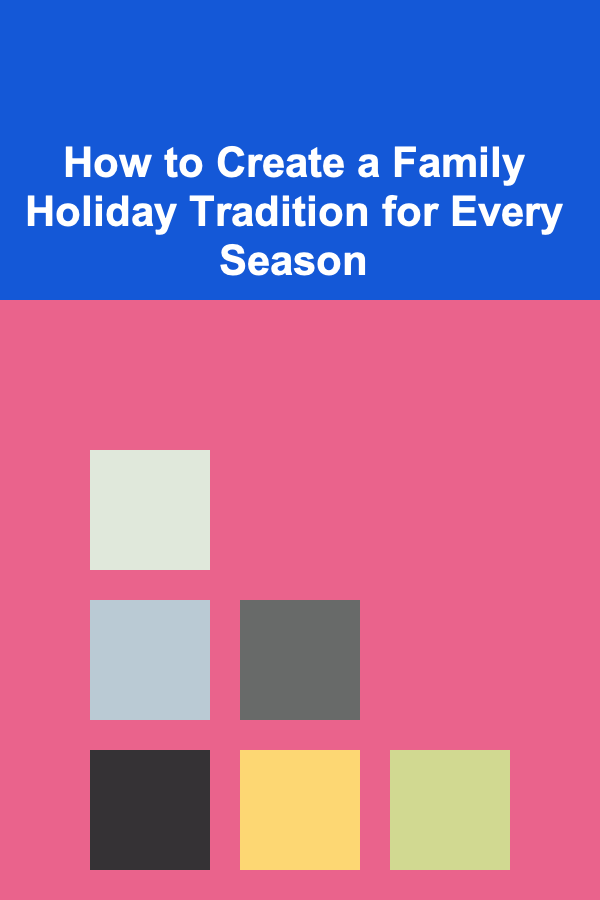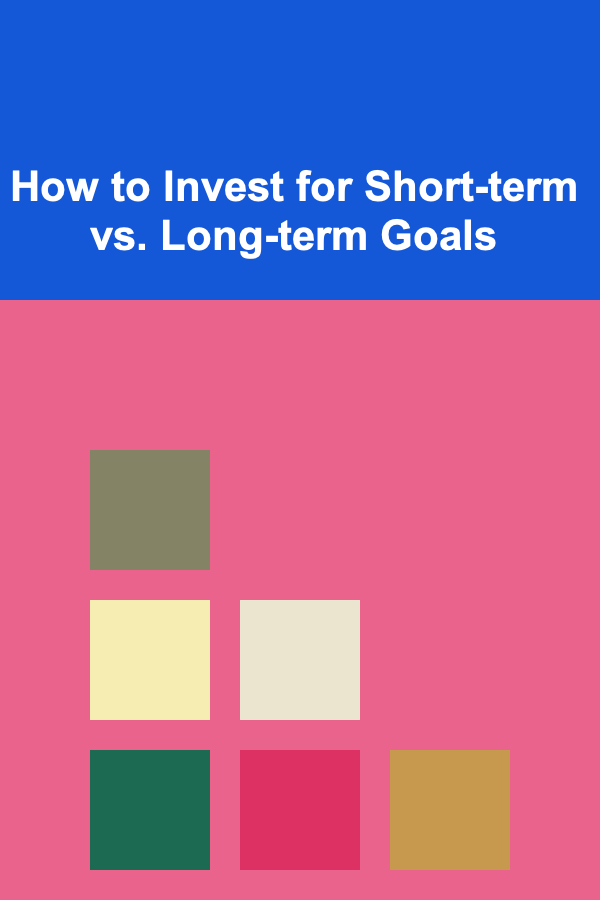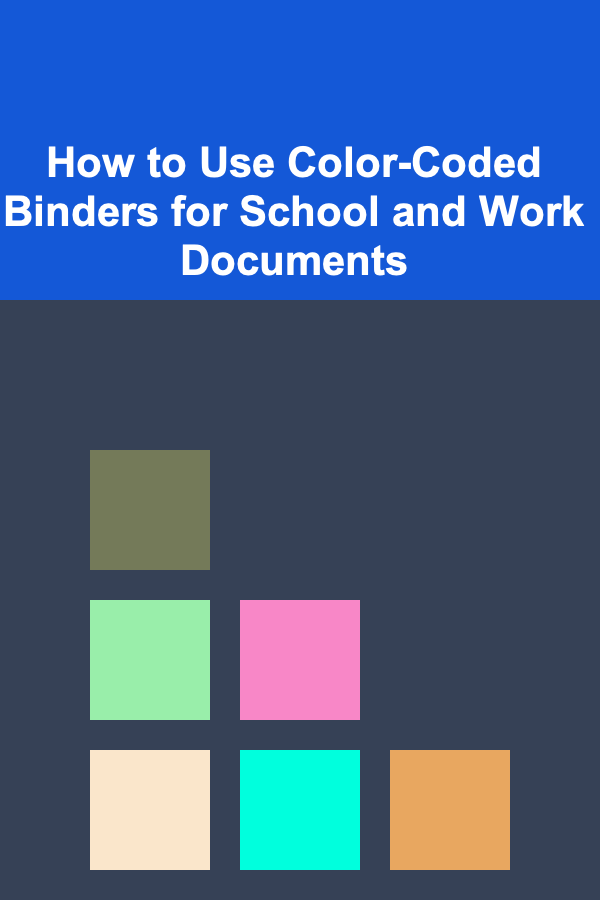
How to Create Custom Upholstered Headboards
ebook include PDF & Audio bundle (Micro Guide)
$12.99$11.99
Limited Time Offer! Order within the next:

Creating a custom upholstered headboard is a fantastic way to personalize your bedroom while adding a touch of luxury and comfort. Not only does it enhance the aesthetic appeal of your space, but it also serves as a functional focal point, making your bed feel more inviting and stylish. Whether you're an experienced DIYer or a beginner looking to take on a new project, creating your own custom headboard is a rewarding endeavor.
In this guide, we'll walk you through the step-by-step process of creating a custom upholstered headboard, from selecting materials to assembling the pieces. We'll also explore design options, tools needed, and tips to ensure your finished headboard looks professionally made.
Understanding Upholstered Headboards
Upholstered headboards are headboards covered in fabric and padding, offering both visual appeal and comfort. The soft surface provides a cushioned area for resting, reading, or lounging. Upholstered headboards can be designed to match any bedroom theme, whether you prefer a sleek, modern look or something more traditional and ornate.
Benefits of Upholstered Headboards:
- Aesthetic Appeal: Upholstered headboards can transform a plain bed into a statement piece in your bedroom.
- Comfort: Soft padding provides support when sitting up in bed for reading or watching TV.
- Customization: You have complete control over the fabric, shape, size, and design to suit your personal taste and the room's decor.
Materials You'll Need:
- Headboard Base: Plywood, MDF, or particleboard are the most common materials used for the base of your headboard.
- Foam: High-density foam is typically used for padding. This gives the headboard its softness and shape.
- Batting: Polyester or cotton batting is used to wrap the foam, giving a smooth surface for the fabric.
- Fabric: Choose an upholstery fabric that fits your style and durability needs. Common fabrics include linen, velvet, faux leather, and cotton.
- Staples: You'll need a staple gun to secure the fabric to the headboard frame.
- Nailhead Trim (optional): If you prefer a more polished, classic look, nailhead trim can be added to the edges for added elegance.
Choosing the Right Design and Style
Before you begin building your headboard, it's essential to decide on the design and style you want. The headboard's shape and material should complement your room's decor. Here are some design ideas to inspire you:
2.1. Classic Rectangle
A clean, rectangular shape is timeless and versatile. This design works well in most bedrooms, offering a structured look with soft, upholstered comfort.
2.2. Tufted Design
For a more luxurious look, you can opt for a tufted upholstered headboard. This involves securing the fabric in a way that creates buttoned pleats or diamond patterns, adding texture and sophistication.
2.3. Wingback Headboard
If you're aiming for a vintage or traditional style, a wingback headboard is a great choice. This design features panels that curve around the sides of the bed, offering a more dramatic look.
2.4. Scalloped or Arched Shape
A scalloped or arched headboard offers a softer, more feminine design. This type of headboard works beautifully in romantic or shabby chic-style rooms.
2.5. Industrial or Minimalist Style
If your bedroom design is industrial or minimalist, opt for a clean-lined upholstered headboard with minimal padding. You could add contrasting materials like wood or metal to give it an edgy feel.
Once you've decided on the design, it's time to think about the size of your headboard. Measure the width of your bed to determine how wide your headboard should be, typically the width of the bed plus a few extra inches on each side for balance and proportion.
Gathering Your Tools and Materials
To begin creating your custom upholstered headboard, you'll need a few basic tools and materials. Here's a list of what you'll need to get started:
Tools:
- Measuring Tape: To measure the size of the headboard and fabric.
- Jigsaw: If you need to cut the plywood or MDF to size.
- Staple Gun: Essential for securing fabric to the headboard.
- Scissors: For cutting fabric and batting.
- Pencil or Marker: To mark measurements on the board.
- Drill: If you need to attach the headboard to the bed frame.
- Foam Cutter: Optional, but handy for trimming foam to size.
Materials:
- Plywood, MDF, or Particleboard: The base for the headboard.
- High-Density Foam: For padding.
- Polyester or Cotton Batting: To smooth the surface before adding fabric.
- Fabric: Upholstery-grade fabric of your choice.
- Nailhead Trim (optional): For decorative detail.
- Screws and Hardware: To attach the headboard to the bed frame.
Once you've gathered all of your materials and tools, it's time to get started!
Step-by-Step Guide to Creating Your Upholstered Headboard
Follow these steps to create your custom upholstered headboard from scratch:
Step 1: Prepare the Base
Start by cutting your plywood, MDF, or particleboard to the desired size of your headboard. If you're unsure how big to make it, use the width of your bed as a guide, and add a few inches on either side for a balanced look.
- Tip: If you're making a tufted headboard, consider creating a thicker base to accommodate the depth of the foam and the tufting technique.
Once you've cut the base to the correct size, use a pencil to mark where you want to add the foam.
Step 2: Cut and Attach Foam
Measure and cut the foam to fit the surface of your base. You can either buy foam that is already the correct size or cut it using a foam cutter or a serrated knife.
- Tip: When cutting foam, be sure to use a straight edge as a guide to ensure clean, even cuts.
Once your foam is the right size, attach it to the plywood base using a spray adhesive. Be sure to press it firmly to ensure it stays in place.
Step 3: Add Batting
Next, cut your batting large enough to cover the foam and extend over the edges of the base. Lay the batting over the foam, smoothing it out to eliminate wrinkles. Use a staple gun to secure the batting around the edges of the plywood, pulling it tight to create a smooth surface.
Step 4: Apply the Fabric
Now it's time to add the fabric! Cut the fabric to the desired size, leaving several inches of excess on all sides to ensure you can wrap it around the edges of the headboard.
- Tip: Choose a fabric that complements the decor of your room. Upholstery fabrics like velvet, linen, or faux leather are all great options for headboards.
Lay the fabric over the batting, then pull it tight and staple it to the back of the headboard. Start at the center and work your way outwards, ensuring the fabric is smooth and wrinkle-free. For a more polished look, fold the fabric neatly around the edges before stapling.
Step 5: Add Nailhead Trim (Optional)
If you want a more sophisticated, finished look, you can add nailhead trim to the edges of your headboard. Use a hammer or a tack puller to carefully secure the trim along the perimeter, ensuring it's evenly spaced.
Step 6: Attach the Headboard to the Bed Frame
To attach the headboard to your bed frame, use a drill and screws to secure it at the desired height. You may need brackets or mounting hardware to properly attach the headboard, depending on your bed frame type.
Additional Tips and Tricks
- Choose Durable Fabrics: Since the headboard will be exposed to wear and tear, choose a fabric that's durable and easy to clean.
- Use a Steamer for Wrinkles: If the fabric is wrinkled, use a fabric steamer to smooth it out before stapling.
- Consider a Wall-Mounted Headboard: If you don't want to attach the headboard to the bed frame, consider wall-mounting it for a more modern look.
- Add Extra Padding for Comfort: If you want your headboard to be extra soft, add an additional layer of foam or batting to the surface for a plush feel.
Conclusion
Creating a custom upholstered headboard is a fun and rewarding project that can transform your bedroom into a stylish and comfortable retreat. With the right materials, tools, and a bit of patience, you can craft a headboard that reflects your personal style while adding luxury to your space. Whether you opt for a tufted design, sleek modern lines, or something more ornate, an upholstered headboard is the perfect way to make your bed the centerpiece of your room.
Reading More From Our Other Websites
- [Home Holiday Decoration 101] How to Use Indoor Holiday Lighting to Create a Warm, Cozy Atmosphere
- [Home Party Planning 101] How to Make Your Home Party Fun and Memorable for Kids
- [Home Cleaning 101] How to Tackle a Messy Playroom
- [Home Security 101] How to Protect Your Home's Wi-Fi Network from Hackers
- [Organization Tip 101] How to Incorporate Mirrors to Enhance Your Fitness Area
- [Home Cleaning 101] How to Clean a Toaster Oven for Baking Perfection: A Step-by-Step Guide
- [Polymer Clay Modeling Tip 101] How to Turn Polymer Clay Miniatures into 3D‑Printed Molds for Mass Production
- [Organization Tip 101] How to Create a Chore Chart for Room Maintenance
- [Home Lighting 101] How to Choose the Best Light Fixtures for Your Home Decor
- [Personal Investment 101] The Top 10 Passive Income Ideas Using Deep Learning

Exploring Affordable Alternative Transportation Options for Commuters
Read More
How to Create a Family Holiday Tradition for Every Season
Read More
How to Invest for Short-term vs. Long-term Goals
Read More
How to Join Travel Affiliate Programs and Earn Commissions
Read More
How to Use Color-Coded Binders for School and Work Documents
Read More
How To Understand Backcountry Ethics and Low-Impact Camping
Read MoreOther Products

Exploring Affordable Alternative Transportation Options for Commuters
Read More
How to Create a Family Holiday Tradition for Every Season
Read More
How to Invest for Short-term vs. Long-term Goals
Read More
How to Join Travel Affiliate Programs and Earn Commissions
Read More
How to Use Color-Coded Binders for School and Work Documents
Read More